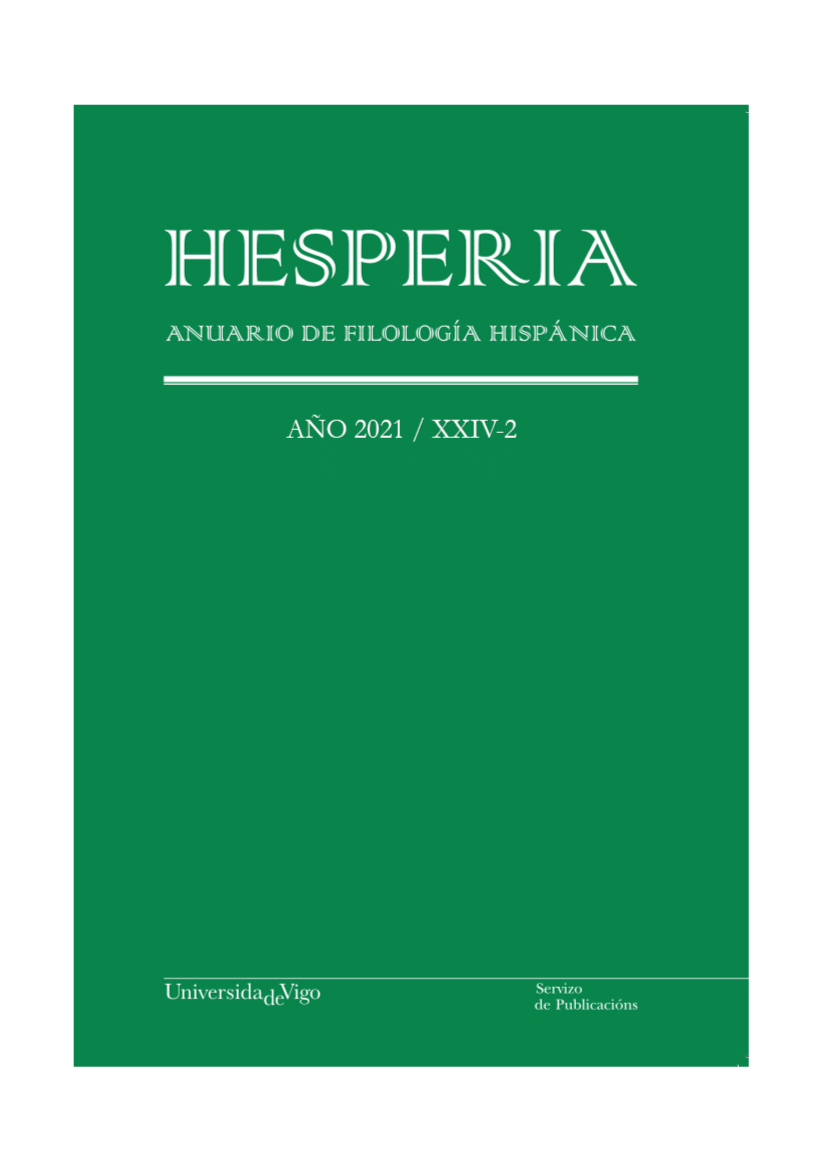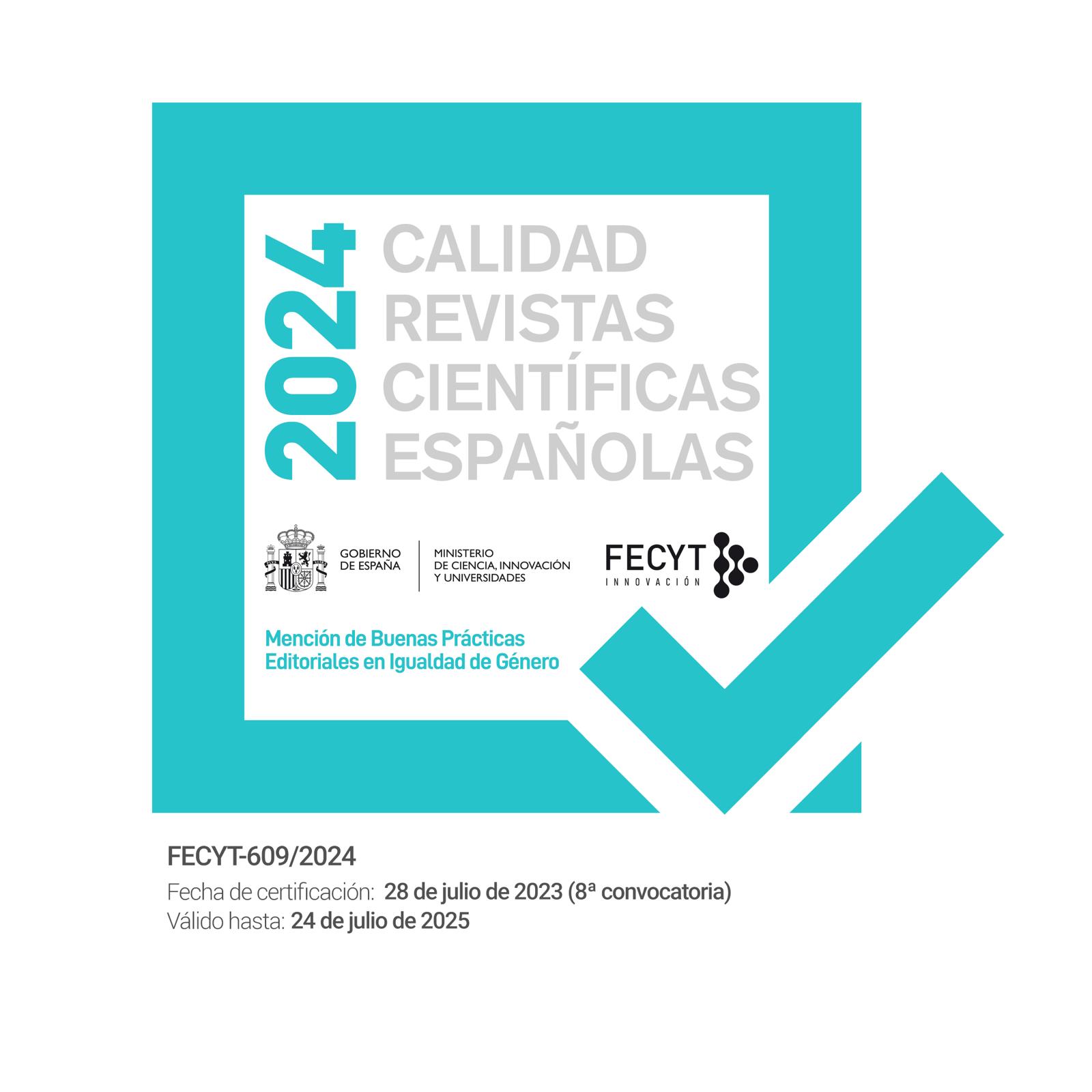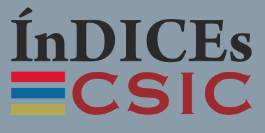Language, youth and gender. Inclusive language in social networks
DOI:
https://doi.org/10.35869/hafh.v24i2.4110Keywords:
inclusive language, gender, non-binary language, youth, social networksAbstract
In the current linguistic studies context, adopting a gender perspective is particularly relevant. It allows for a critical analysis of current visibility and representation of women and non-binary people in different public speech acts and communicative situations. That is why the main objective of this work is to know how alive inclusive language (both binary and non-binary) is in social networks by observing how it is used by Galician-speaking young people. The ultimate goal is to analyse the level of representation of women and non-binary people in in the communication of younger social network users through communication via social networks.
Thus, we compiled a corpus with Instagram text samples extracted from February 1st to the 28th, 2021. The profiles featured in the corpus span across different sexual orientations and sexual identities in order to check morphological aspects related to how the generic masculine and both direct and indirect inclusive language are registered. Given the different Instagram features, both “feed” and “stories” samples were taken.
The outcome of the analysis shows that the generic masculine is still used as the main modality among heterogeneous groups. However, a certain degree of inclusiveness and language innovation is observed, especially in binary LGBTQI and non-binary people groups. Even among those groups, the corpus shows some irregular implementation of these inclusive language resources. The outcome evidences that this communication modality is in an emerging implementation stage.















